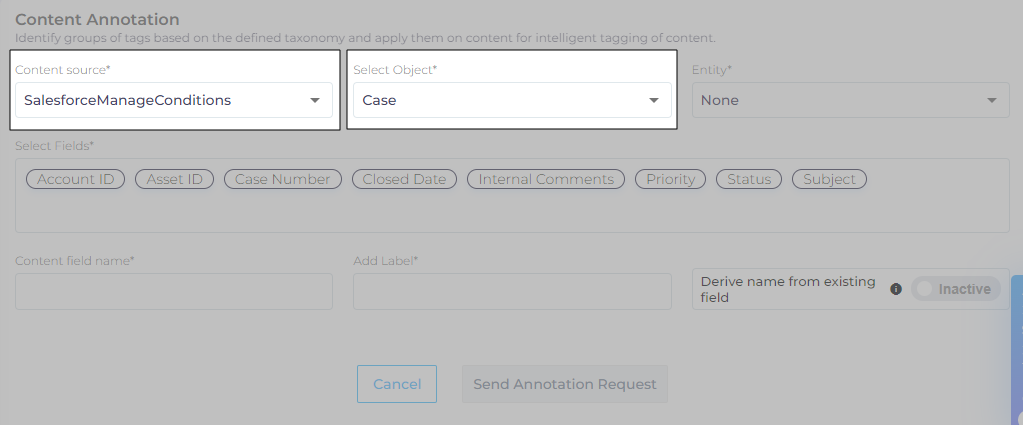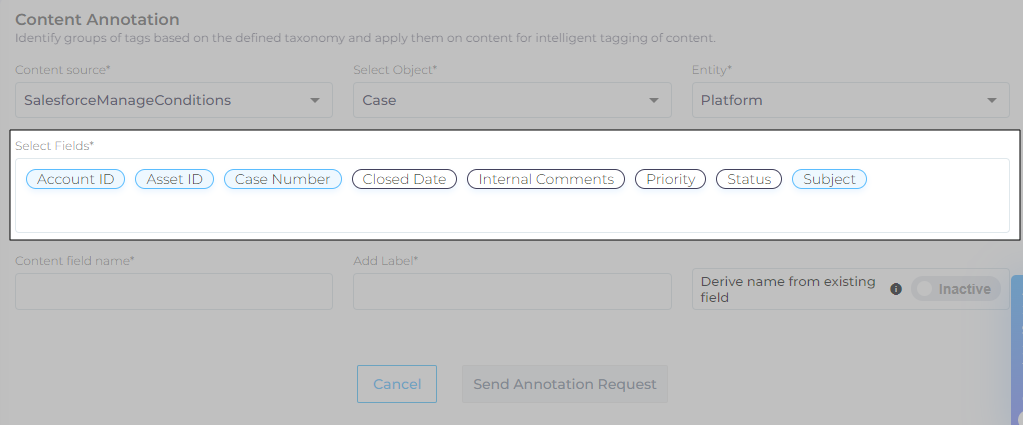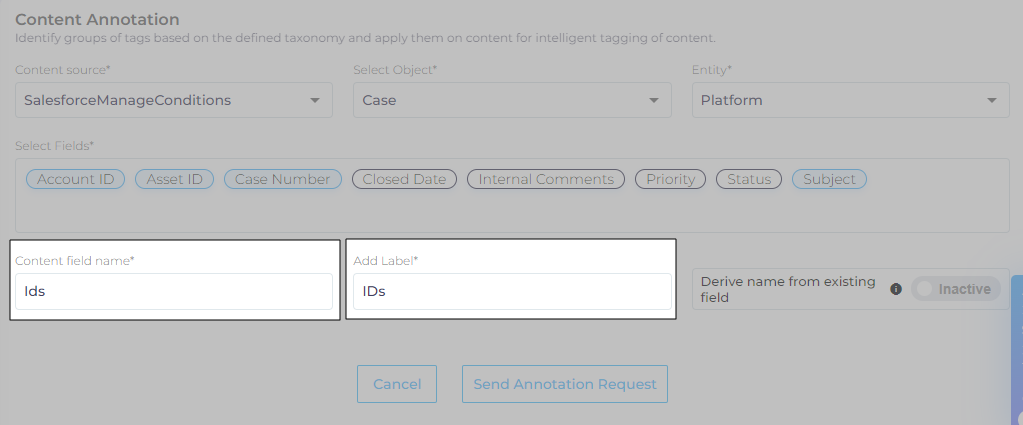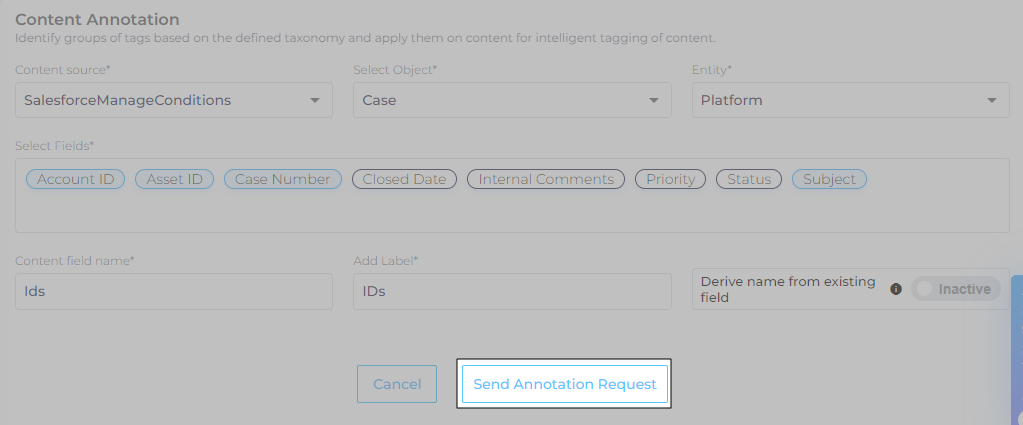Automatic Text Classification with Content Annotation
Content Annotation in Content Sources is used to categorize data into predefined categories. A popular use case is to tag threads on a community with product names. To understand how it works, assume a small community with only 10 threads:

These 10 threads are about 4 products. If you were to tag them by product, here's what the classification would look like:

This approach to taxonomy, where a human is tagging threads, for all its advantages, is simply not scalable. It's not feasible to hire a person to tag large community with 10,000 or a million threads. But with Content Annotation, you can apply a set of tags on a content source.
The tags are defined in Taxonomy, where using controlled vocabulary, an admin defines Entities and Values. Check out the article, Taxonomy, for the definitions and instructions on how to add tags. This article walks you through the process of applying an already defined set of tags to a content source.
Apply Taxonomy to Content Source
-
From Content Sources, go to Content Annotation.

-
Click Add Annotation Rule.

-
Select the Content Source and Content Object where tagging is going to be applied.

-
From Select Entity Type, pick an entity from Taxonomy. If you haven't already, define entities and values. The instructions are on Taxonomy.

-
The values described in Taxonomy can be supplemented with content sources fields. To group together Taxonomy values and content fields, specify the fields.

-
Taxonomy values are grouped together as a facet. Name the facet in Content Field Name and Label.
The Content Field Name must be unique and be not present in other content sources. If it's available in another content source, you can activate Derive name from existing field and select a Content Source, Content Type, and Content Field. The facet will be named after the selected field.

-
Click Send Annotation Request. Based on data size, annotation can take anywhere between a few minutes to several hours.

Synonyms Configurations
You can configure Content Annotations to support synonyms. The instructions are on Synonyms Configuration.
Troubleshooting
-
Content is annotated once a week. Search performance may be temporarily impacted while content annotation is in progress.
-
After creating one or more filters using content annotation and running a manual crawl, please log a ticket with the support team. They will initiate a backend job to ensure the content annotation is applied to the new documents.

